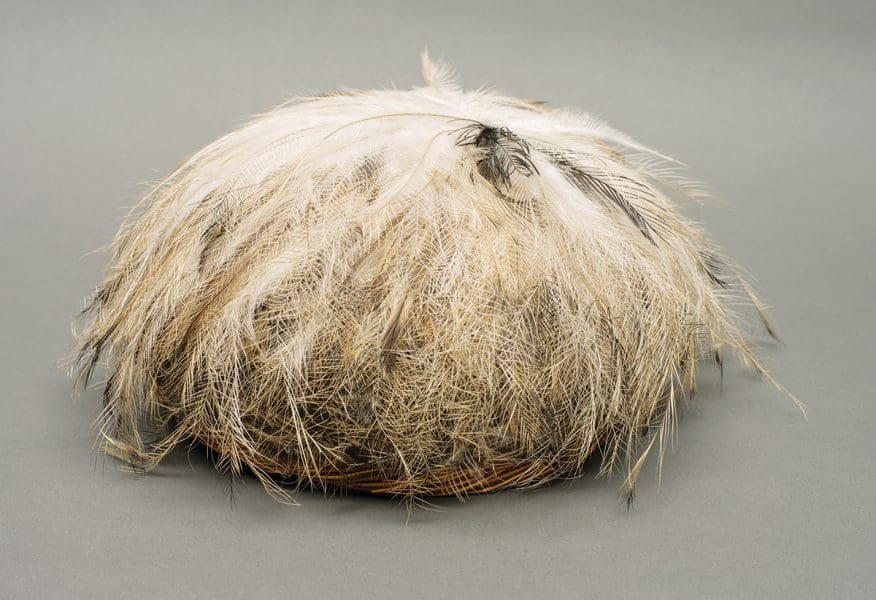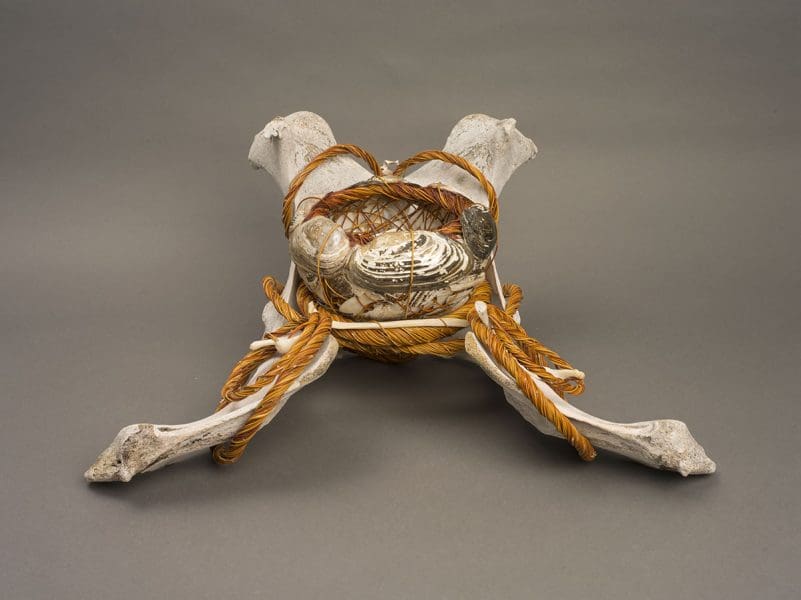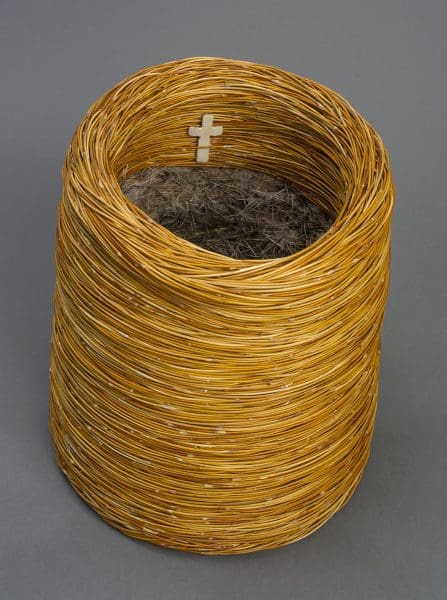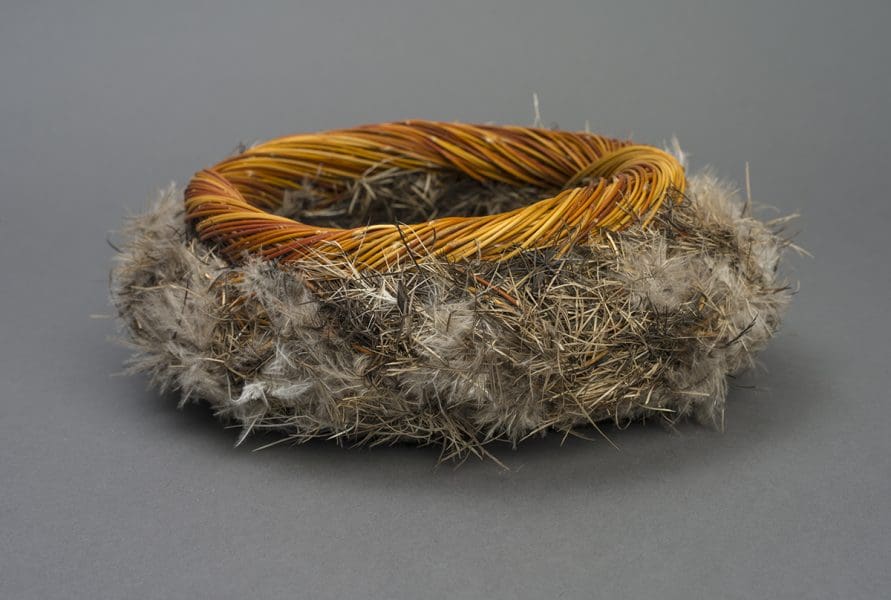
Place-driven Practice
Running for just two weeks across various locations in greater Walyalup, the Fremantle Biennale: Sanctuary, seeks to invite artists and audiences to engage with the built, natural and historic environment of the region.




Spinifex (Triodia) is a native grass that grows abundantly in the arid landscape of northwest Queensland, the homeland of senior Indigenous artist Shirley Macnamara. An extremely tough and resilient plant, spinifex has been used in traditional Indigenous culture for thousands of years, and has various structural, ornamental, medicinal and ceremonial functions. Spinifex is the material of choice for Macnamara, who twists, coils and weaves the grass to create forms that are at once delicate, intricate, complex and subtle.
Born in 1949, Macnamara grew up on a cattle station, and has always had a close relationship to the land. With a strong desire to make work born of her country, she has developed an artistic practice that addresses political, cultural and environmental issues, as well as telling personal stories. In addition to spinifex, Macnamara often uses other materials sourced from the natural environment, including kangaroo bone, emu feathers, seeds and natural ochres.
Layered threads, at the UQ Art Museum, is a well-earned solo exhibition for the artist, who has received much critical recognition in recent years. The exhibition features Macnamara’s distinctive sculptural works as well as a series of photographs taken by the artist of the native spinifex landscape. Macnamara’s woven vessel Nyurruga Muulawaddi, which won the Wandjuk Marika Memorial 3D Award at the 34th Telstra National Aboriginal and Torres Strait Islander Art Awards in 2017, will be shown.
Layered threads is presented at the UQ Art Museum alongside Defying Empire: 3rd National Indigenous Art Triennial and a solo exhibition by Brisbane-based Waanyi artist Judy Watson.
Layered threads
Shirley Macnamara
UQ Art Museum
18 August—25 November